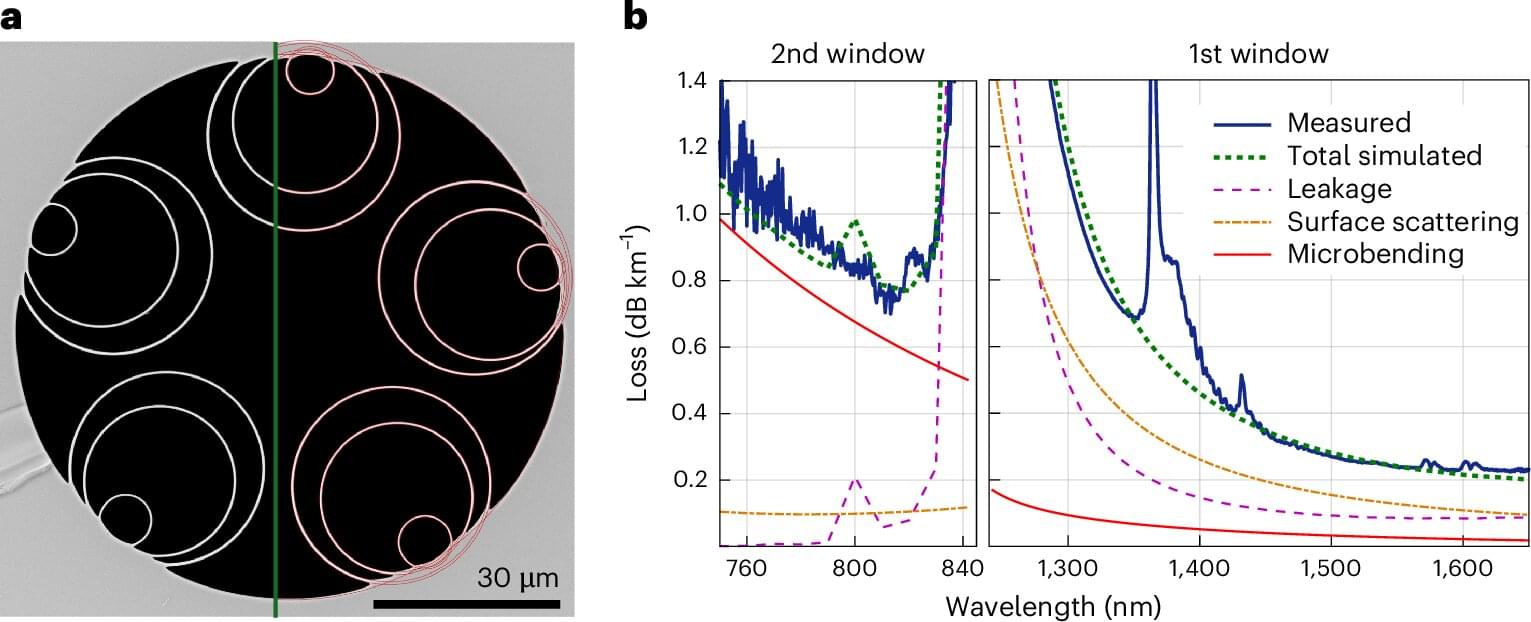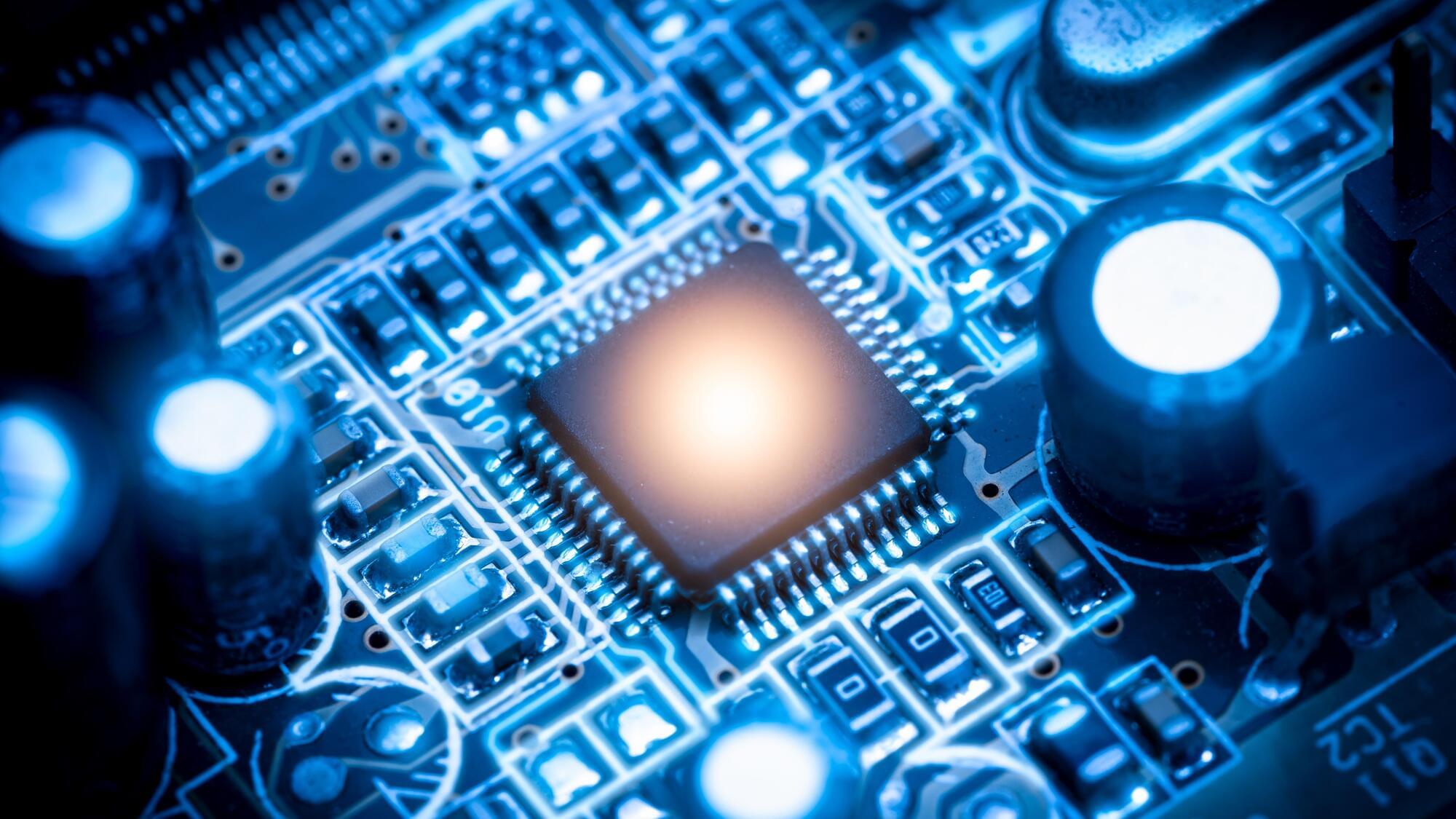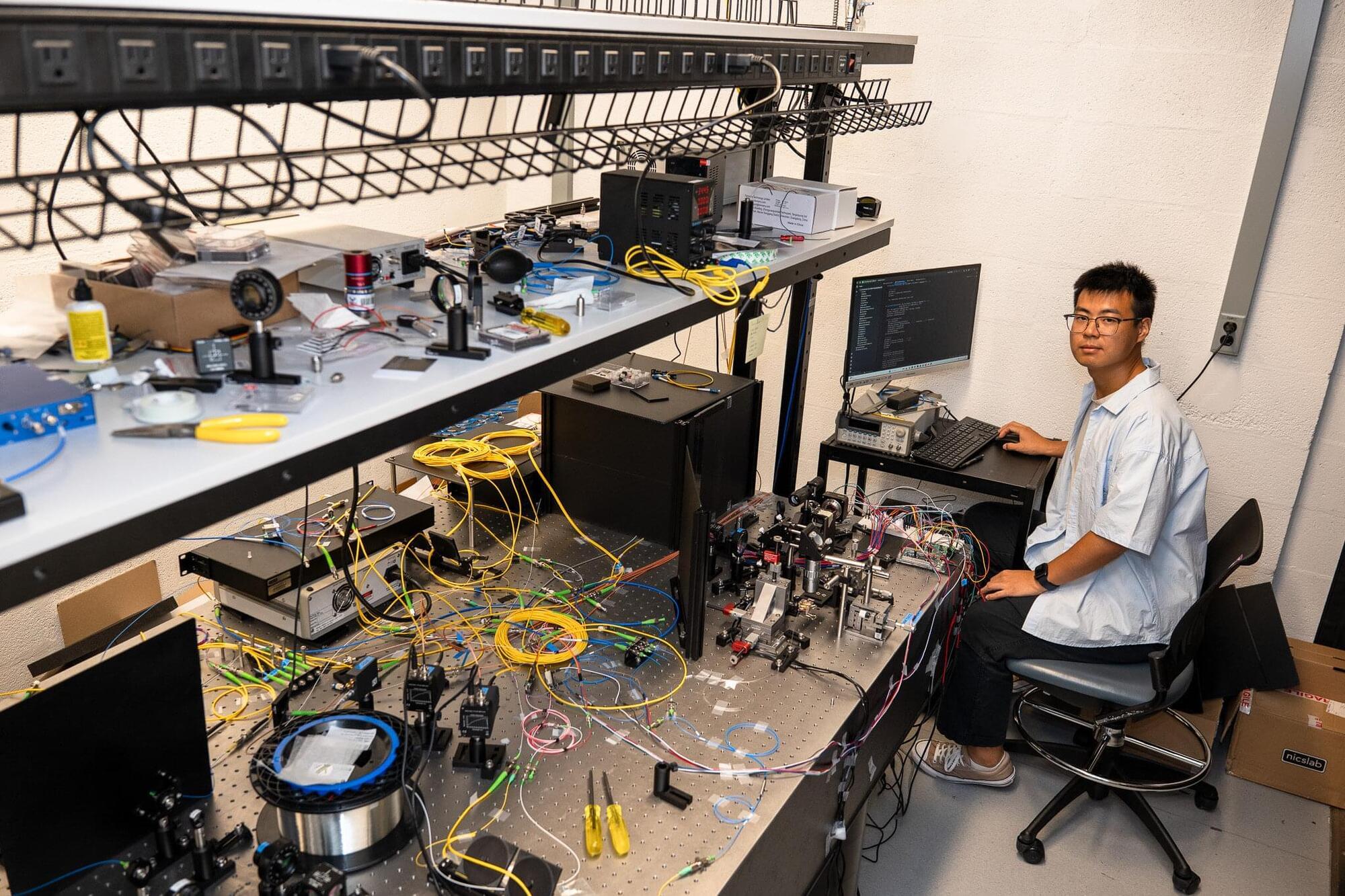Despite the modern world relying heavily on digital optical communication, there has not been a significant improvement in the minimum attenuation—a measure of the loss of optical power per kilometer traveled—of optical fibers in around 40 years. Decreasing this loss would mean that the signal could travel further without being amplified, leading to more data being transmitted over longer distances, faster internet and more efficient networks.
Current fibers transmit light through silica cores, which have limited room for loss improvement. Another option is the hollow-core fiber (HCF), which theoretically allows for faster speeds due to the ability of light to travel faster through air than through silica. Still, scientists struggled to design HCFs that actually performed better than silica-based cables. In most cases, the attenuation was worse or the design was impractical.
But now, researchers from the University of Southampton and Microsoft claim to have made a breakthrough in HCF design in a recently published study in Nature Photonics. The new fiber achieves a record low loss of 0.091 dB/km at 1,550 nm, compared to a 0.14 dB/km minimum loss for silica-based fibers. The new design maintains low losses of around 0.2 dB/km over a 66 THz bandwidth and boasts 45% faster transmission speeds.







